GE Garage Ready 21.3 cu. ft. Frost Free Upright Freezer in White
-
( 4 Reviews )Rated 5.00 out of 5 based on 4 customer ratings04
Garage Ready Freezer performs in temperatures of 0°F – 110°F. Tested to keep food frozen for 48 hours in a power outage. Restores set temperature for optimum food freshness.
-
GE Garage Ready 14.1 cu. ft. Frost Free Upright Freezer in White, ENERGY STAR
Rated 5.00 out of 507GE Garage Ready 14.1 cu. ft. Frost Free Upright Freezer in White, ENERGY STAR
Rated 5.00 out of 507 -
LG Door-in-Door™ GSJ961PZVV Wifi Connected American Fridge Freezer – Steel
Rated 5.00 out of 506LG Door-in-Door™ GSJ961PZVV Wifi Connected American Fridge Freezer – Steel
Rated 5.00 out of 506
At GE Appliances, we bring good things to life, by designing and building the world’s best appliances. Our goal is to help people improve their lives at home by providing quality appliances that were made for real life. Whether it’s enjoying the tradition of making meals from scratch or tackling a mountain of muddy jeans and soccer jerseys, GE Appliances are crafted to support any and every task in the home.
- Garage Ready – Garage ready freezers from GE Appliances have been tested to perform from 0°F to 110°F, so you can store your family’s favorite with confidence
- Power Outage Promise – Tested to perform so food stays frozen for 48 hours if there is a power outage
- Wire Shelving – Easily organize and find your frozen favorites thanks to an upright freezer with 4 wire shelves that are easily adjustable and quick to clean
- Slide-Out Bin – Freeze with ease thanks to an upright freezer with pull out drawer that makes finding items easy and allows for more flexible storage
- Interior Electronic Controls – Convenient temperature controls are easy to reach and make maintaining the ideal environment inside the upright freezer simple
- Hidden Hinges – Enjoy a streamlined appearance thanks to hidden hinges on the upright freezer door
- LED Lighting – Quickly locate frozen items inside your upright freezer with interior LED lighting that illuminates upon opening
- Sleek Appearance – Create a minimalist aesthetic with a glossy freezer door and integrated handle on the upright freezer, so you can achieve a big impact in a small space
- Limited 1-year entire appliance warranty
Additional information
| Depth (Excluding Handles) (In) | 29 |
|---|---|
| Depth (Including Handles) (In) | 31.375 |
| Depth With Door Open 90 Degrees (In) | 60 |
| Height to Top of Case (in.) | 75.7 |
| Height to Top of Door Hinge (in.) | 76.5 |
| Minimum Side Air Clearance (In) | 3 |
| Product Depth x Height x Width (in.) | 28.9 x 76.5 x 32.8 |
| Certifications and Listings | UL Listed |
| Warranty Information | Limited 1-year entire appliance warranty |
Twenty-one, XXI or 21 may refer to:
- 21 (number)
- One of the years 21 BC, AD 21, 1921, 2021
3 (three) is a number, numeral and digit. It is the natural number following 2 and preceding 4, and is the smallest odd prime number and the only prime preceding a square number. It has religious and cultural significance in many societies.
Frost is a thin layer of ice on a solid surface, which forms from water vapor that deposits onto a freezing surface. Frost forms when the air contains more water vapor than it can normally hold at a specific temperature. The process is similar to the formation of dew, except it occurs below the freezing point of water typically without crossing through a liquid state.
Air always contains a certain amount of water vapor, depending on temperature. Warmer air can hold more than colder air. When the atmosphere contains more water than it can hold at a specific temperature, its relative humidity rises above 100% becoming supersaturated, and the excess water vapor is forced to deposit onto any nearby surface, forming seed crystals. The temperature at which frost will form is called the dew point, and depends on the humidity of the air. When the temperature of the air drops below its dew point, excess water vapor is forced out of solution, resulting in a phase change directly from water vapor (a gas) to ice (a solid). As more water molecules are added to the seeds, crystal growth occurs, forming ice crystals. Crystals may vary in size and shape, from an even layer of numerous microscopic-seeds to fewer but much larger crystals, ranging from long dendritic crystals (tree-like) growing across a surface, acicular crystals (needle-like) growing outward from the surface, snowflake-shaped crystals, or even large, knifelike blades of ice covering an object, which depends on many factors such as temperature, air pressure, air motion and turbulence, surface roughness and wettability, and the level of supersaturation. For example, water vapor adsorbs to glass very well, so automobile windows will often frost before the paint, and large hoar-frost crystals can grow very rapidly when the air is very cold, calm, and heavily saturated, such as during an ice fog.
Frost may occur when warm, moist air comes into contact with a cold surface, cooling it below its dew point, such as warm breath on a freezing window. In the atmosphere, it more often occurs when both the air and the surface are below freezing, when the air experiences a drop in temperature bringing it below its dew point, for example, when the temperature falls after the sun sets. In temperate climates, it most commonly appears on surfaces near the ground as fragile white crystals; in cold climates, it occurs in a greater variety of forms. The propagation of crystal formation occurs by the process of nucleation, in specific, water nucleation, which is the same phenomenon responsible for the formation of clouds, fog, snow, rain and other meteorological phenomena.
The ice crystals of frost form as the result of fractal process development. The depth of frost crystals varies depending on the amount of time they have been accumulating, and the concentration of the water vapor (humidity). Frost crystals may be invisible (black), clear (translucent), or, if a mass of frost crystals scatters light in all directions, the coating of frost appears white.
Types of frost include crystalline frost (hoar frost or radiation frost) from deposition of water vapor from air of low humidity, white frost in humid conditions, window frost on glass surfaces, advection frost from cold wind over cold surfaces, black frost without visible ice at low temperatures and very low humidity, and rime under supercooled wet conditions.
Plants that have evolved in warmer climates suffer damage when the temperature falls low enough to freeze the water in the cells that make up the plant tissue. The tissue damage resulting from this process is known as "frost damage". Farmers in those regions where frost damage has been known to affect their crops often invest in substantial means to protect their crops from such damage.
A garage is a covered structure built for the purpose of parking, storing, protecting, maintaining, and/or repairing vehicles. Specific applications include:
- Garage (residential), a building or part of a building for storing one or more vehicles
- Automobile repair shop, also called a garage, where vehicles are serviced and repaired
- Bus garage, a building or complex used for storage of buses when not in use
- Filling station, an automotive service station where vehicles take on fuel or recharge
- Multistorey car park, or parking garage, a building serving as a public parking facility
Other meanings of garage may include:
White is the lightest color and is achromatic (having no chroma). It is the color of objects such as snow, chalk, and milk, and is the opposite of black. White objects fully reflect and scatter all the visible wavelengths of light. White on television and computer screens is created by a mixture of red, blue, and green light. The color white can be given with white pigments, especially titanium dioxide.
In ancient Egypt and ancient Rome, priestesses wore white as a symbol of purity, and Romans wore white togas as symbols of citizenship. In the Middle Ages and Renaissance a white unicorn symbolized chastity, and a white lamb sacrifice and purity. It was the royal color of the kings of France as well as the flag of monarchist France from 1815 to 1830, and of the monarchist movement that opposed the Bolsheviks during the Russian Civil War (1917–1922). Greek temples and Roman temples were faced with white marble, and beginning in the 18th century, with the advent of neoclassical architecture, white became the most common color of new churches, capitols, and other government buildings, especially in the United States. It was also widely used in 20th century modern architecture as a symbol of modernity and simplicity.
According to surveys in Europe and the United States, white is the color most often associated with perfection, the good, honesty, cleanliness, the beginning, the new, neutrality, and exactitude. White is an important color for almost all world religions. The pope, the head of the Roman Catholic Church, has worn white since 1566, as a symbol of purity and sacrifice. In Islam, and in the Shinto religion of Japan, it is worn by pilgrims. In Western cultures and in Japan, white is the most common color for wedding dresses, symbolizing purity and virginity. In many Asian cultures, white is also the color of mourning.

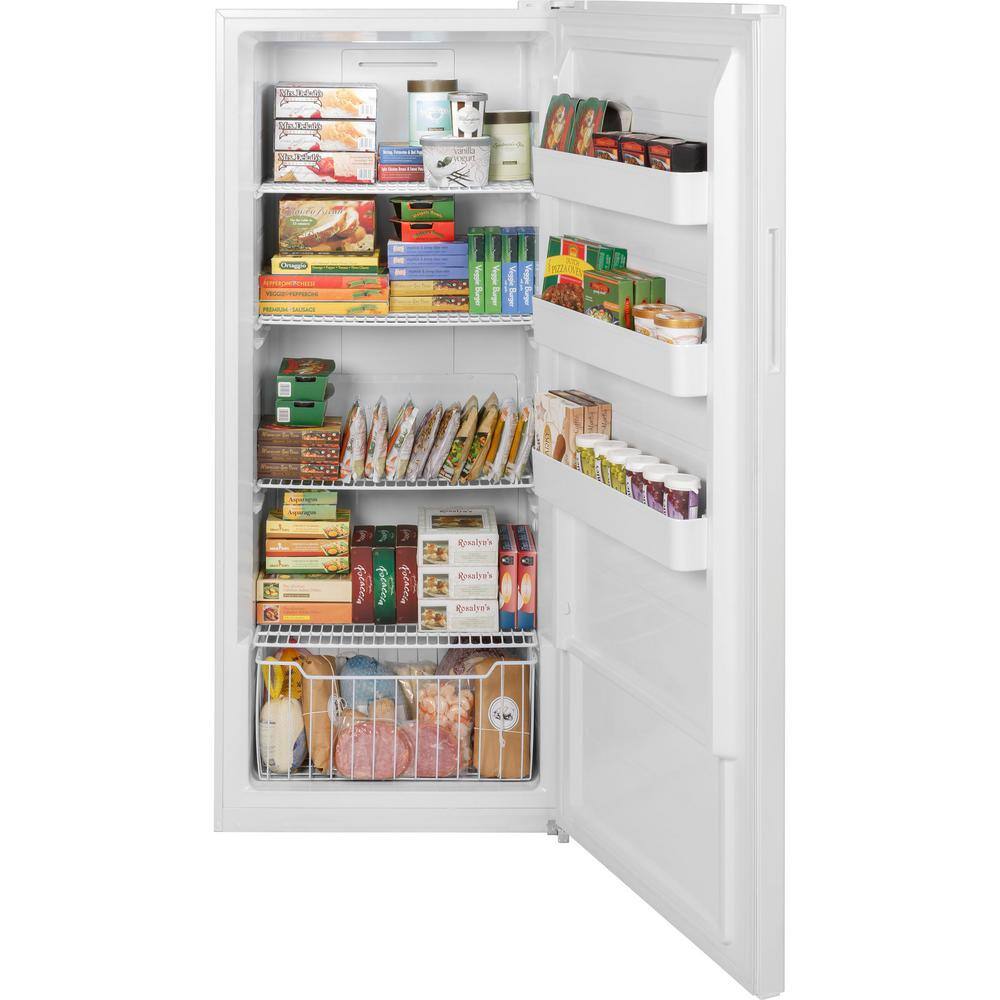
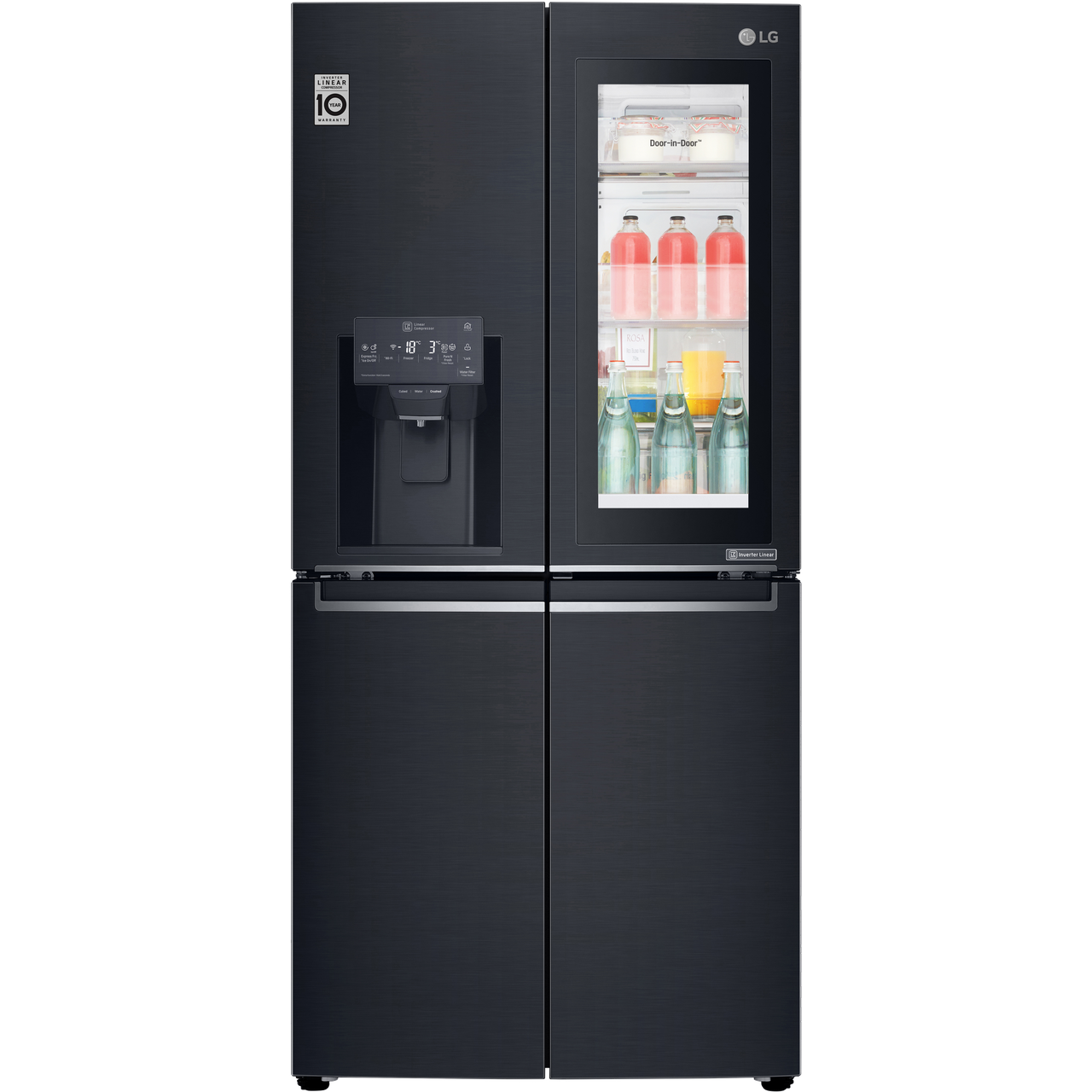
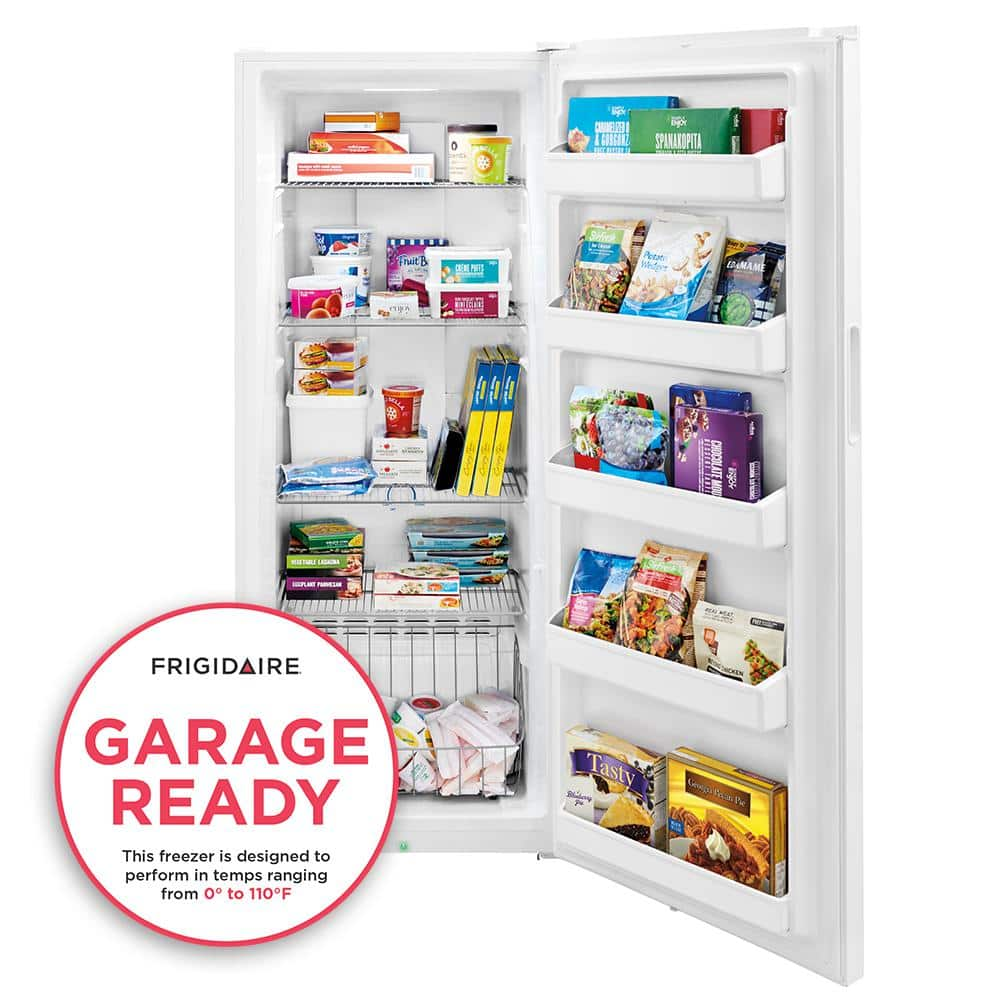
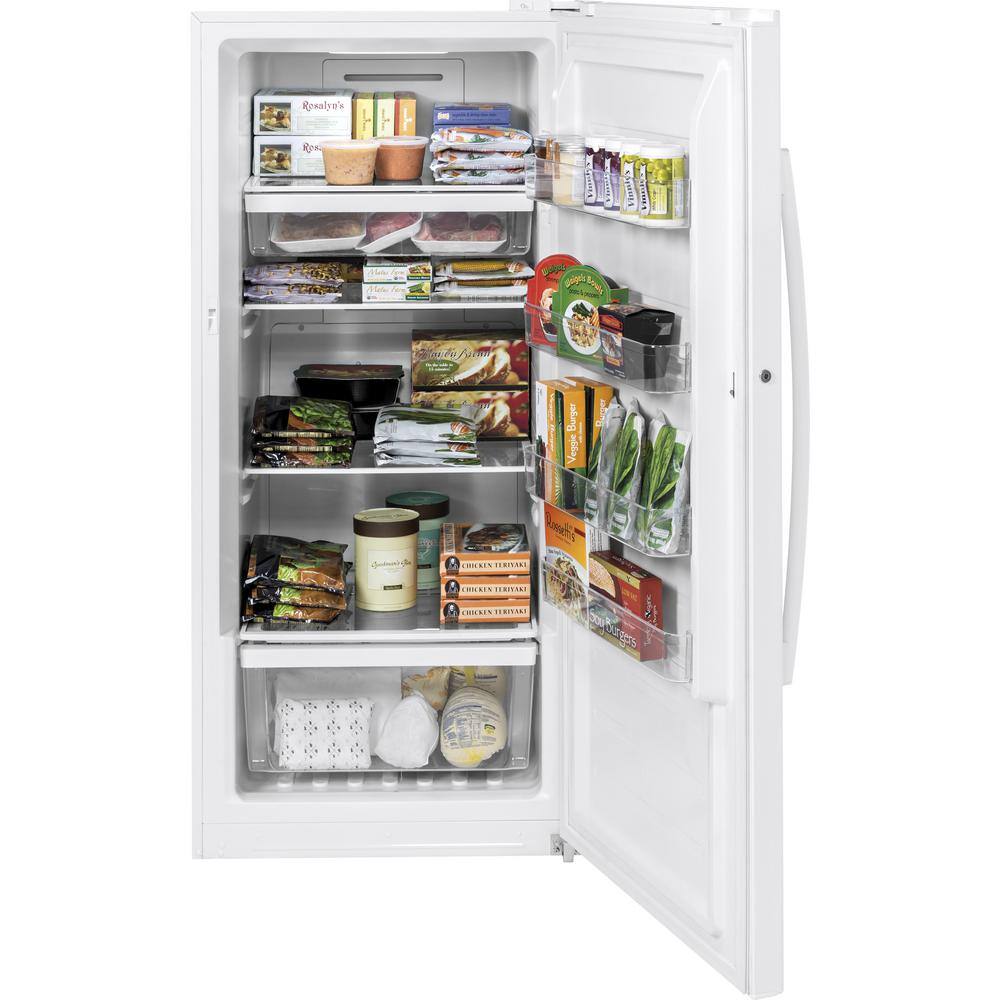
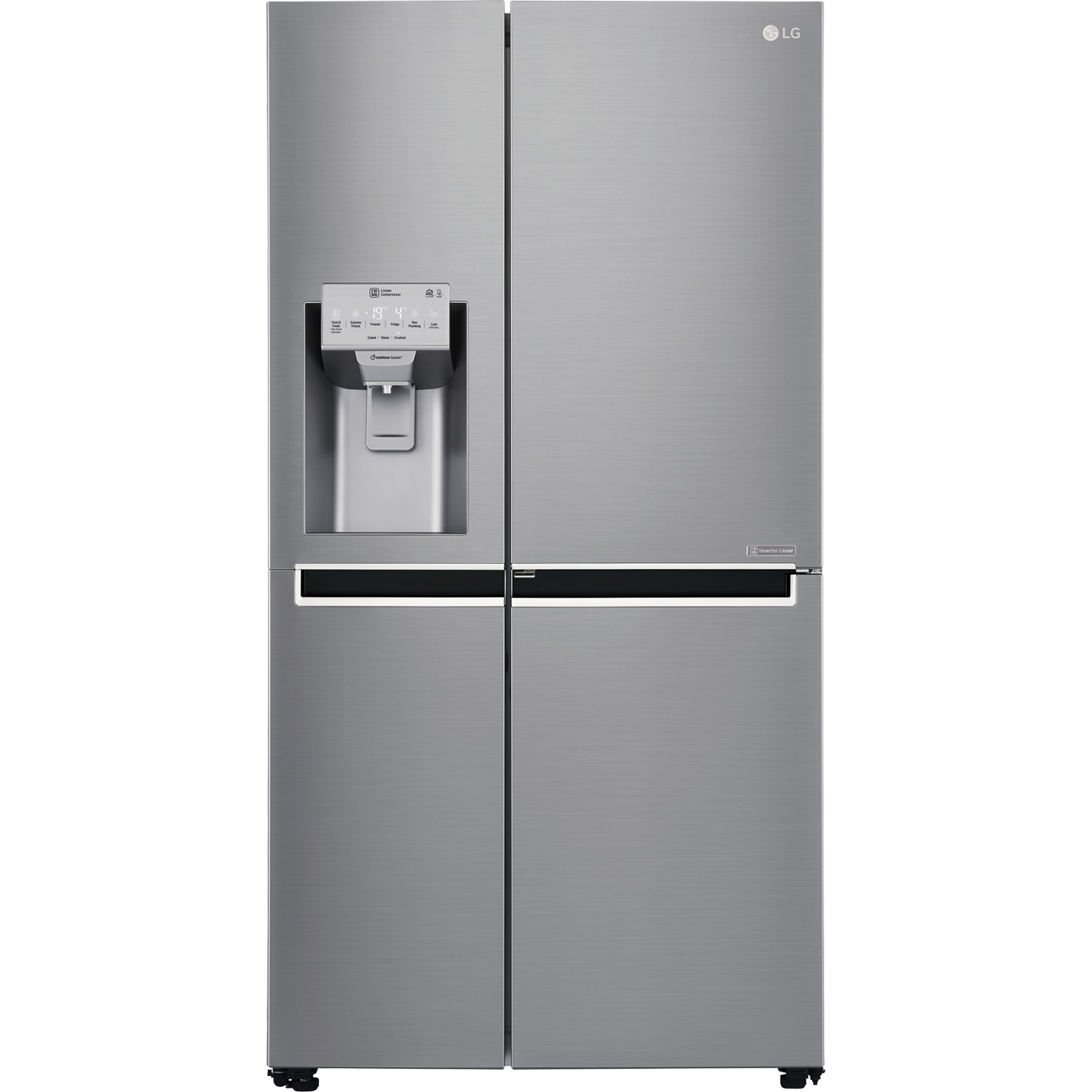
by Patty
Perfect. Arrived so fast. Delivery people were great.
by Carol
GE Freezer looks great and works. Made sturdy unlike my last Frigadare which only lasted 2 years.
by Steve
Perfect for our needs. Just the right size and very quite. Small dent on side in back but only cosmetic.
by Pamela
Really like how it is a little taller and not so deep. I can easily find what I am looking for. I do wish they would have made it with one more shelf and would have included the last door pocket.